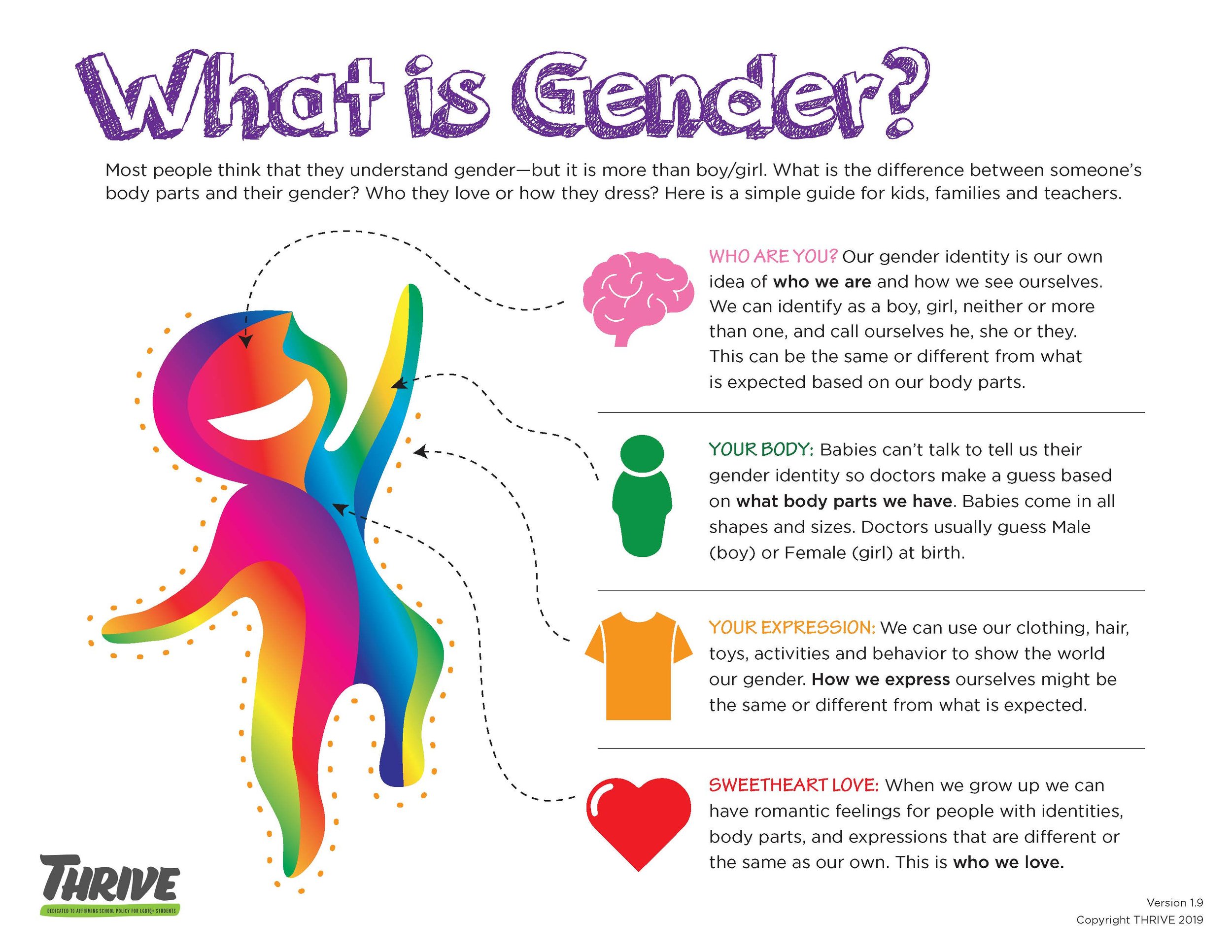 Throughout the last four months, I have had the opportunity to grow my mindset on the importance of diverse literature. Using diverse literature in the classroom and at home can both expose students to people who are unlike them and help represent minorities.
Throughout the last four months, I have had the opportunity to grow my mindset on the importance of diverse literature. Using diverse literature in the classroom and at home can both expose students to people who are unlike them and help represent minorities.Reading books and opening discussions about a diverse population can help students become more open-minded and accepting. In communities that do not have a diverse population, this can be especially important. Multicultural literature creates the opportunity for students to learn about other cultures and ways of life, answering questions that they may have and creating accepting citizens.
Diverse literature comes in many forms appropriate for all grade levels. Storybooks and chapter books on family types (including blended families, single-parent families, and LGTBQ+ families), on various races and ethnicities, ages, abilities, socioeconomic status, and genders can be easily found with a quick search. Books such as Esperanza Rising and No Fixed Address can make underrepresented populations like someone with a home or a Hispanic girl feel recognized, and provide those unlike them to empathize with their problems.
Diverse literature is important to incorporate into the
curriculum at all age levels so that students can learn to accept themselves and others.

